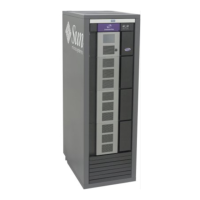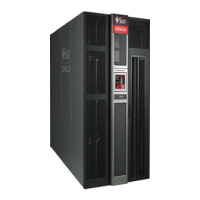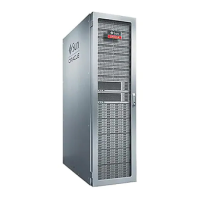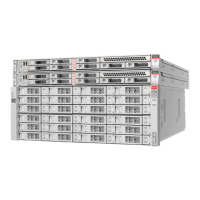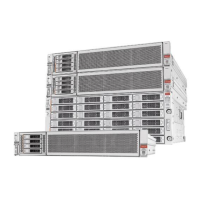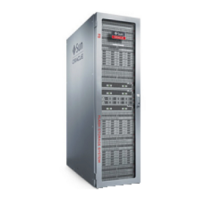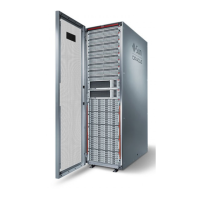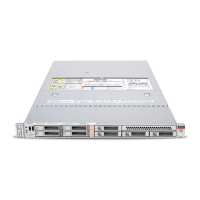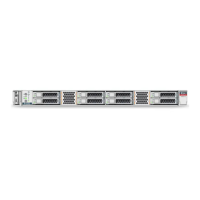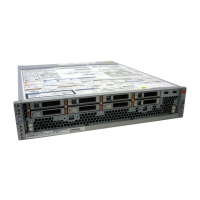General Information
1-2 StorageTek SL150 Modular Tape Library Customer Replaceable Unit Guide
module. Up to three tape slots of the base module left magazine can be designated as
reserved slots to store diagnostic or cleaning tapes.
The external interface for library control is provided by a bridged tape drive. The robot
control is a SCSI Medium Changer device appearing as LUN 1 on a tape drive. The
base module is the smallest fully functional library.
The library can be expanded from one to ten modules. A 2U (88.9 mm, 3.5 inches)
expansion module provides the library an additional capacity of 30 tapes and up to
two tape drives. Expansion modules are designated Module 2 through Module 10.
Modules provide two 15-cartridge magazines, slots for up to two tape drives, and slots
for up to two power supplies.
A graphical user interface (GUI) provides local or remote role-based access control of
the SL150 Library.
■ You access the GUI by entering the host name or IP address into a web browser.
An example of the remote management interface is shown in Figure 1–2.
The library information is presented graphically. Module 1 shows the tape slots in
the left magazine, tape slots in the right magazine, and the available tape drives
between the magazines to represent their physical location at the rear of the
module. The mailslot resides above the right magazine while the robot is above
the left magazine. The magazine representation has identifiers for column number
and row number. There is a separate image for each module in the library.
Figure 1–2 Remote Management Interface
Illustration Legend:
1 - Section Navigation
2 - Left Magazine Control
3 - Right Magazine Control
4 - Slot Identification
5 - Tape Drive (Two-Headed Arrow Indicates a Bridged Drive)
■ The base module front control panel has an LCD touch screen panel (operator
panel) and is identified in Figure 1–1. The touch screen provides basic information
about the library and is designed for use as an information point rather than a tool
for maintenance (see Figure 3–34).
